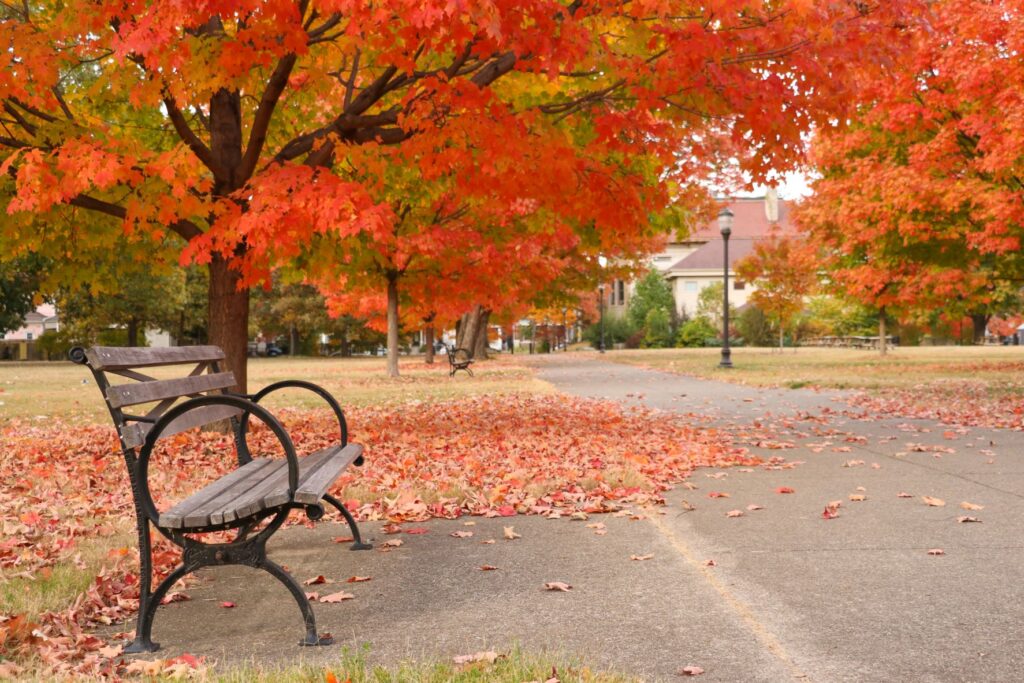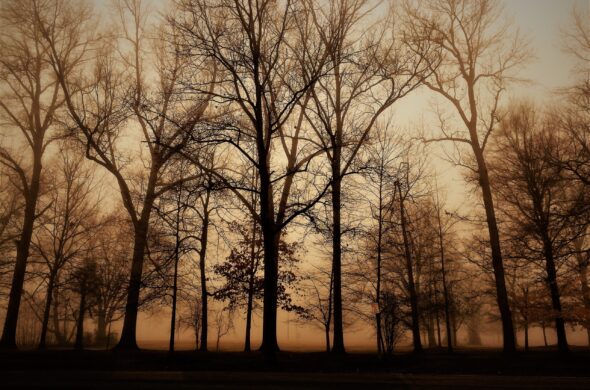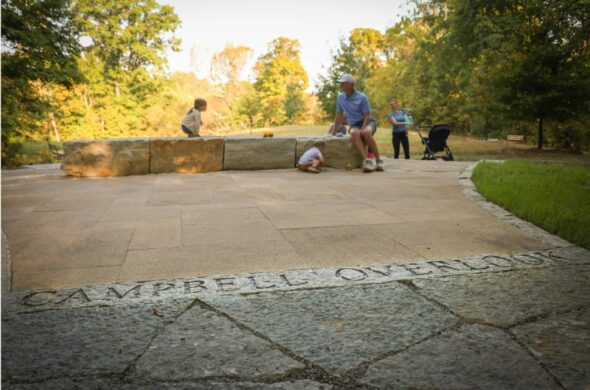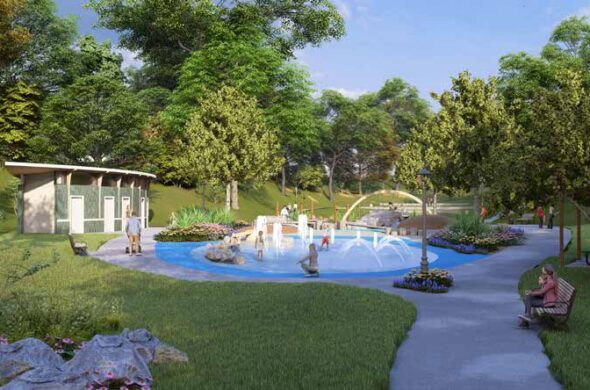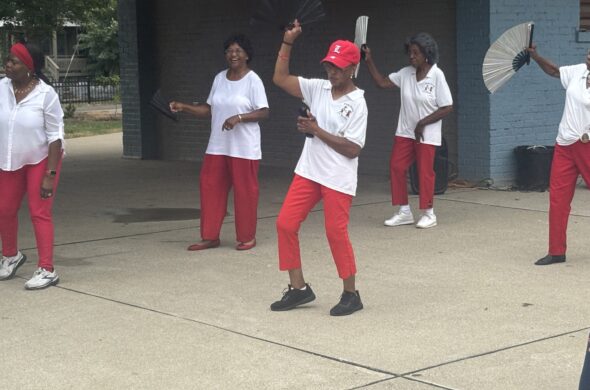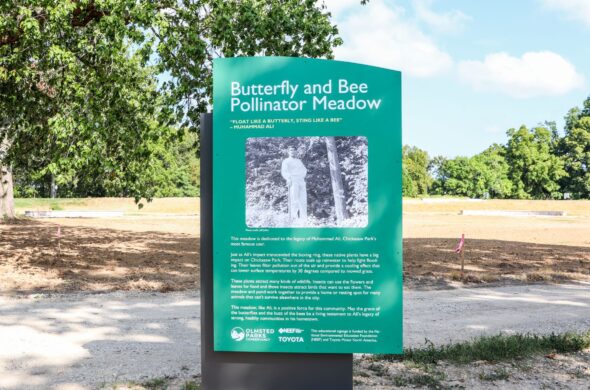Frederick Law Olmsted was not only a landscape architect, but also a landscape artist. He recognized the natural beauty of a place and enhanced it, creating beautiful views and spaces that people still enjoy today. His tools weren’t paint, ink, or stone but trees, shrubs, and paths. Today, we still use those tools and more to maintain and elevate Louisville’s Olmsted Parks as the artistic and beautiful spaces that offer so much to us.
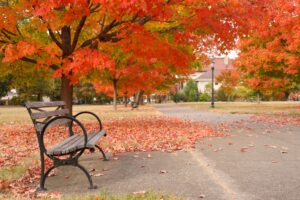
When installing any new plants (trees, shrubs, grasses, wildflowers, etc.) we always try to start with the original Olmsted planting plan. Often this is a map with numbers and a key that assigns certain species to certain spots. Patterns emerge in areas. A great example is Baringer Hill, arguably one of the most “Olmstedian” areas of Cherokee Park. There we see repetition of bur oak, American beech, sugar maple and dogwood. Together these species make up the “palette” for this area.
A challenge arises when the listed plants from 100+ years ago are no longer available, or prone to disease, or turn out to be an introduced species that grows in problematic ways. Then we’ll look at more appropriate and indigenous tree stock, something that’s also grown by nearby nurseries. We also try to balance between using cultivated varieties of plants versus the wild genetics (aka “straight species”). This depends on our goals – is this plant more for aesthetics and contributing to the scenery or more for improving natural areas, habitat and genetic diversity. Most cultivated varieties are clones and many are sterile, but they also are often quite resistant to disease.
Another challenge arises when the original planting plan calls for more formal structure – straight lines of the same species over and over. Best management practices have taught us that multiple diverse species will withstand potential disease, pathogens, and pests. But the same species in an evenly spaced row gives a much more formal feel that you will find in certain stretches of parkways, Elliott Park, and Shelby Park. We find ourselves trying to strike the balance between original formal intent and species diversity in these locations.
Our tree palette today is based in native species that naturally occur in our region and have adapted to local environmental conditions over time. When selecting trees for landscaping and parks, it’s crucial to prioritize native species as they are better suited to thrive in the local climate, soil conditions, and ecosystem dynamics. Additionally, native trees typically require less maintenance, such as watering and fertilization, compared to non-native species. Long-term maintenance requirements are important in choosing plants that we place in parks.
By Liz Winlock, Director of Natural Areas, and Matt Spalding, Director of Stewardship
Find something similar: News
